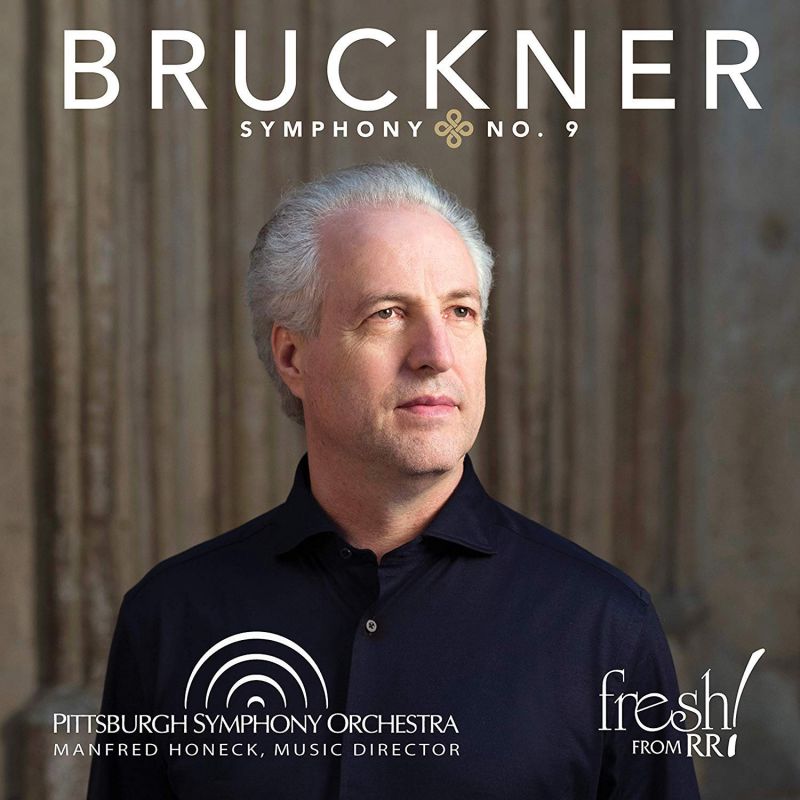BRUCKNER Symphony No 9 (Honeck)
View record and artist detailsRecord and Artist Details
Composer or Director: Anton Bruckner
Genre:
Orchestral
Label: Reference Recordings
Magazine Review Date: 12/2019
Media Format: Super Audio CD
Media Runtime: 63
Mastering:
DDD
Catalogue Number: FR733

Tracks:
| Composition | Artist Credit |
|---|---|
| Symphony No. 9 |
Anton Bruckner, Composer
Anton Bruckner, Composer Manfred Honeck Pittsburgh Symphony Orchestra |
Author: Christian Hoskins
Honeck’s management of tempo relations is for the most part judicious and subtle. Not for him the feverish accelerandos in climactic passages favoured by the likes of Jochum and Venzago. By contrast, his approach to balance and dynamics is highly individual. The orchestral sound is dark-hued and saturated, aided by a recording that favours the low bass. Double bass pizzicatos are pronounced and resonant, and timpani rolls sound positively volcanic. The trumpets from bar 7 in the first movement have a martial quality, and on a number of occasions Honeck adds an additional crescendo towards the end of extended fff passages. Some of these performance interventions are explained in the booklet note, but others are not. For example, why do the violins at the start of the Adagio slowly swell from piano when the score indicates forte? Perhaps Honeck felt the opening should emulate that of Wagner’s Parsifal, but I found this and some of the other interpretative idiosyncrasies more distracting than inspired.
Considered as a whole, this new version is a compelling account of the symphony with considerable depth of feeling and intimations of the beyond. The closing pages of the symphony are especially sublime. It might not reach the lofty heights achieved by Giulini or Barenboim but it’s a definitely a recording to hear.
Discover the world's largest classical music catalogue with Presto Music.

Gramophone Digital Club
- Digital Edition
- Digital Archive
- Reviews Database
- Full website access
From £8.75 / month
Subscribe
Gramophone Full Club
- Print Edition
- Digital Edition
- Digital Archive
- Reviews Database
- Full website access
From £11.00 / month
Subscribe
If you are a library, university or other organisation that would be interested in an institutional subscription to Gramophone please click here for further information.




